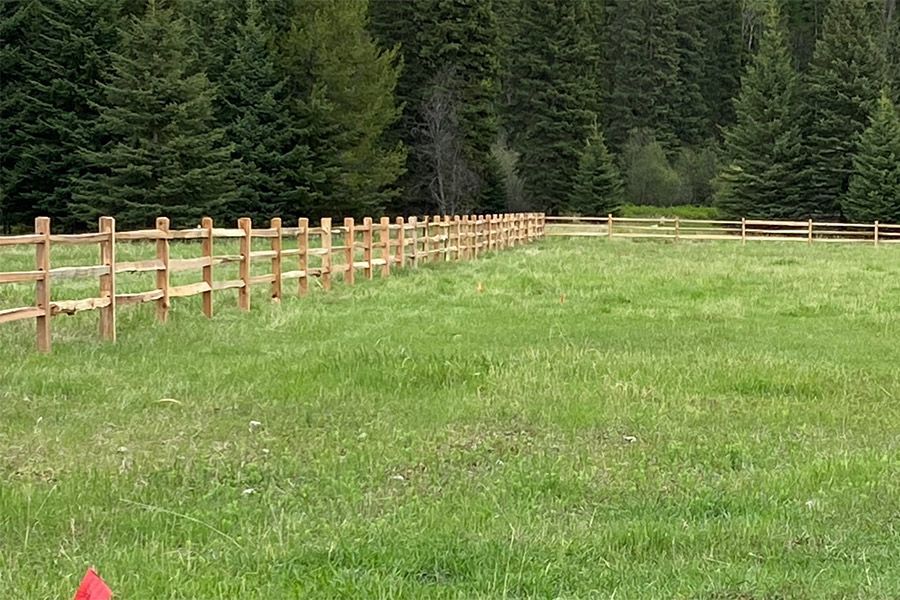Learn about the evolution of continuous panel fencing, from its early days to its modern-day applications.
Origins of Continuous Panel Fencing
The concept of continuous panel fencing dates back to the need for durable and secure enclosures for livestock and property boundaries. Early versions were often rudimentary, utilizing available materials like wood and stone to create makeshift barriers. While effective, these designs lacked the efficiency and reliability of today’s fencing systems.
How Technology Transformed Continuous Panel Fencing
Fencing technology took a major leap during the industrial revolution, with steel production allowing for stronger, more uniform panels. By the mid-20th century, continuous panel fencing became the standard for agricultural and industrial use.
As welding and fabrication technology improved, continuous panel fencing became more customizable and durable. Pre-fabricated panels reduced installation time, marking a shift in how fences were constructed.
Changes in Materials and Manufacturing
Continuous panel fencing materials have progressed over the years to enhance durability, affordability, and environmental responsibility. Key innovations include:
- Galvanized Steel: Introduced for its resistance to rust and long-lasting performance.
- Powder-Coated Finishes: Added for aesthetic appeal and enhanced protection against the elements.
- Recycled Materials: Growing emphasis on eco-friendly solutions has led to the use of recycled steel and other sustainable materials.
Adoption in Various Industries
What began as a solution for ranchers and farmers has expanded into a wide array of applications across different industries. Continuous panel fencing is now a preferred choice for:
- Agriculture: Managing livestock and protecting crops.
- Industrial: Securing warehouses, factories, and storage areas.
- Residential: Enhancing property boundaries and aesthetics.
- Public Spaces: Safeguarding parks, playgrounds, and recreational areas.
The flexibility of continuous panel fencing has made it a preferred solution in various sectors worldwide.
Future Trends in Fencing Solutions
Looking ahead, continuous panel fencing will continue to evolve with innovations in technology, sustainability, and design. Upcoming trends include:
- Smart Fencing: Integration of sensors and technology for automated monitoring and security.
- Modular Designs: Easier customization and reconfiguration to adapt to changing needs.
- Green Materials: Increased use of recycled and biodegradable materials to minimize environmental impact.
As these advancements continue, continuous panel fencing will remain a vital part of modern property management.
Wrapping Up
From its early days to modern applications, continuous panel fencing has grown into a reliable and adaptable solution. With innovations on the way, its future looks bright. Ready to invest in a durable fencing solution? Contact Montana Fence now!
